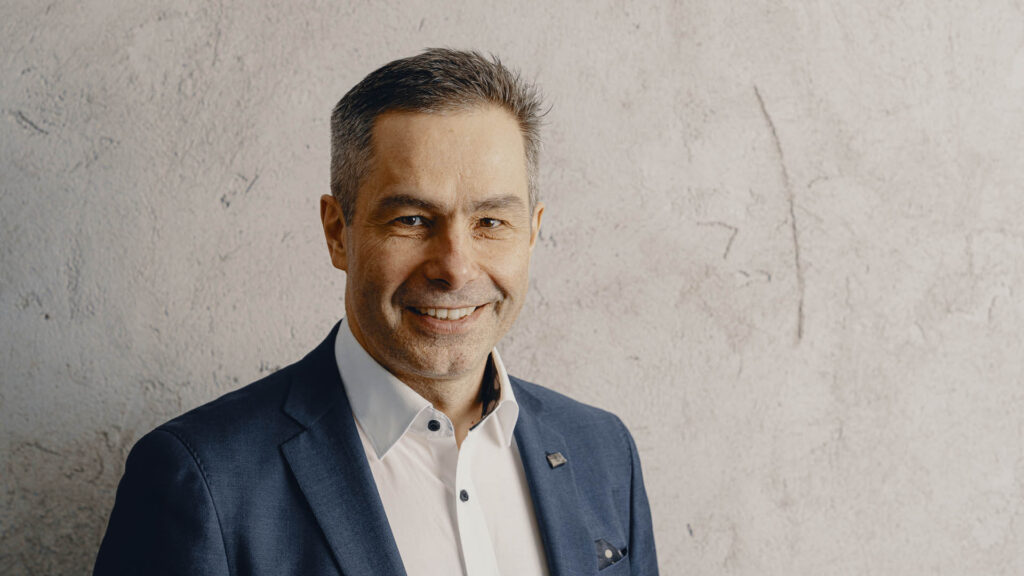The LOIKKA project aimed at halving the emissions of concrete construction has been successfully completed. The word "successful" is true, because the project provided good answers to the most important questions regarding the production and use of low-carbon concrete - the durability of low-carbon concrete and the acceleration of strength development. In addition to this, the project produced new information about the possibilities of the so-called recipe optimization of concrete to reduce carbon dioxide emissions.

According to the results of the LOIKKA project, the shelf life of low-carbon concretes made with blast furnace slag admixture corresponds to the shelf life of normal concretes under the usual stress conditions of house construction. On the other hand, in salt frost stress, the durability of low-carbon concrete begins to weaken when the slag dosage exceeds 50 percent of the total amount of binder. For this reason, it is not possible to achieve the lowest low-carbon classes in the so-called P-number concretes used mainly in infrastructure construction sites.
Another of the goals of the LOIKKA project was to find out how to speed up the strength development of low-carbon concrete. The research focused on both chemical and thermal activation. The former refers to the use of additives that accelerate strength development, and the latter refers to bringing additional heat to the concrete.
Regarding the activation measures, the result was that neither of the above-mentioned methods alone can achieve the strength development of concrete made with CEM II/B type cement (Finnsement's Oiva cement) commonly used on construction sites. Instead, with a suitable combination of additives and the import of additional heat together, the strength development of reference concrete made with Oiva cement can be achieved or even exceeded, even at the very early stage, i.e. at the age of one to three days.
The study concluded that for thermal activation only about 15 kWh of energy per cubic meter of concrete is sufficient, so the increase in carbon emissions caused by heating is marginal compared to the reduction in carbon emissions obtained by using low-carbon concrete.
The studies on the recipe optimization of low-carbon concretes confirmed the understanding that by paying attention to the optimal grain size distribution of aggregates, the need for concrete binders and thus carbon emissions can be reduced. This goal can best be promoted by using more carefully prepared aggregates with the correct grain shape than before, and by combining concrete aggregates from more types than before.
During the LOIKKA project, it proved that halving the emissions of concrete structures is possible with technologies already in use. During the project, however, it was found that halving the emissions of concrete construction is actually a triple jump instead of a single jump, with the LOIKKA project working well as a "starter".
After the initial jump, a long stretch is needed, in which the operators of the value chain of concrete construction decide to take advantage of low-carbon concrete. A special role here is seen in the clients of construction projects, who define the project's goals. The progress of low-carbon depends on the activity of these operators and their interest in setting low-carbon goals for contractors. The central bounce also includes, immediately in the wake of the client's decisions, that construction sites familiarize themselves with low-carbon concrete so that their introduction can be done without problems.
So what is the third bounce? It is a leap in technology, where the recovery of carbon dioxide from the chimney of a cement factory is introduced. The time for this will probably be at the end of this decade or at the latest at the beginning of the next decade, when the availability of blast furnace slag, which is a byproduct of pig iron production, begins to wane. With the help of recovery technologies, naturally low-emission cement can be produced directly from limestone.
Support for the low-carbon goals of all parties in construction projects is offered by the website bähähiilinenbetoni.fi, maintained by the Betoniyhdis, where you can find the most up-to-date information on low-carbon concrete construction.
See also
- More information about the results of the LOIKKA project - materials and recording of the closing webinar
- Background information about the LOIKKA project

Jussi Mattila
CEO, Betoniteollisuus ry
jussi.mattila@rt.fi + 358 40 063 7224Construction product industry RTT ry, Betoniteollisuus ry
Write a comment